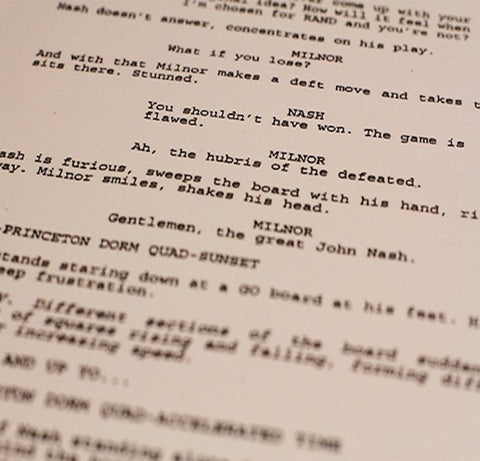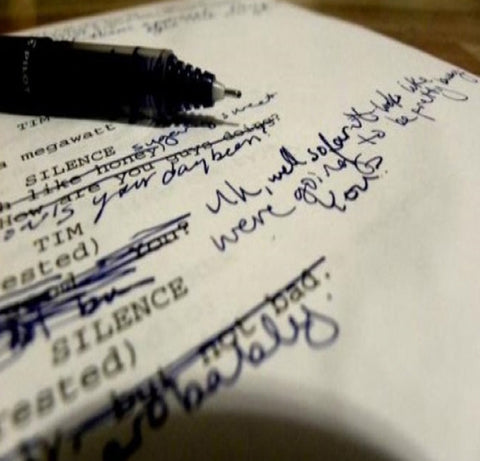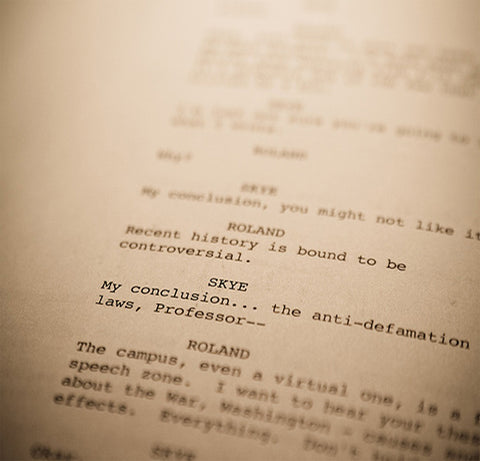
Midpoint Turn
When it comes to conversations around three-act structure, it’s rare to see much attention given to the midpoint turn. And while it might not be as consistently vital as plot points one and two, there is a lot of potential value to be had from a strong midpoint turn.
Because: the midpoint turn breaks up the action of the second act. It divides our second act into two halves. The first half is in reaction to plot point one. The second half – from the midpoint turn on – builds toward plot point two and the climax.
The midpoint turn is also often important to the protagonist’s internal arc. A strong midpoint turn gives us a scene in which the protagonist has a choice, a crossroads. She comes to a realization or decision that a) changes her goal; b) keeps her goal the same but changes her reason for pursuing the goal; c) keeps her goal and the reason for pursuing the goal the same, but changes her methods; d) a combination of all of the above.
For example, look at LEGALLY BLONDE. (Which, by the way, is one of the most perfectly craft structures I’ve ever seen; it’s a Swiss watch of a movie, and worthy of study). After being dumped by her boyfriend, Warner, Elle Woods pursues him to Harvard with the intention of winning him back. At first, Elle uses the tools of attraction that had previously worked for her: being fun, pretty, etc.
But this comes to a head at the midpoint turn, when she shows up at a party dressed in a Playboy Bunny outfit. Rather than win back Warner, all this does is make Elle the target of derision. She realizes that her “old ways” no longer work, and if she is going to succeed in her goal she will have to try “new ways.” Thus, Elle puts away the cute stuff and starts hitting the books in order to connect with her new situation and surroundings.
So in this specific case Elle’s goal (getting Warner back) remains the same, but her methods (cute vs smart) change. However, what really makes this midpoint turn land isn’t just how strong and clear it is; by changing her methods, Elle sets herself on a path toward changing her goal. So while the goal remains the same at the midpoint, we’re skewing our protagonist’s internal trajectory in such a way as to bring her to real change at plot point two and the climax.
Because: by hitting the books our protagonist finds agency. Her value is no longer determined by her relationship with Warner, and becomes her actual value: Elle has a sharp legal mind. At the end, when Warner sees Elle in a new light, he offers to get back together with her… and she refuses. She is no longer the old Elle following old ways; she reaches the end of her internal arc. And this change would not have happened without that big, wonderful midpoint turn.




